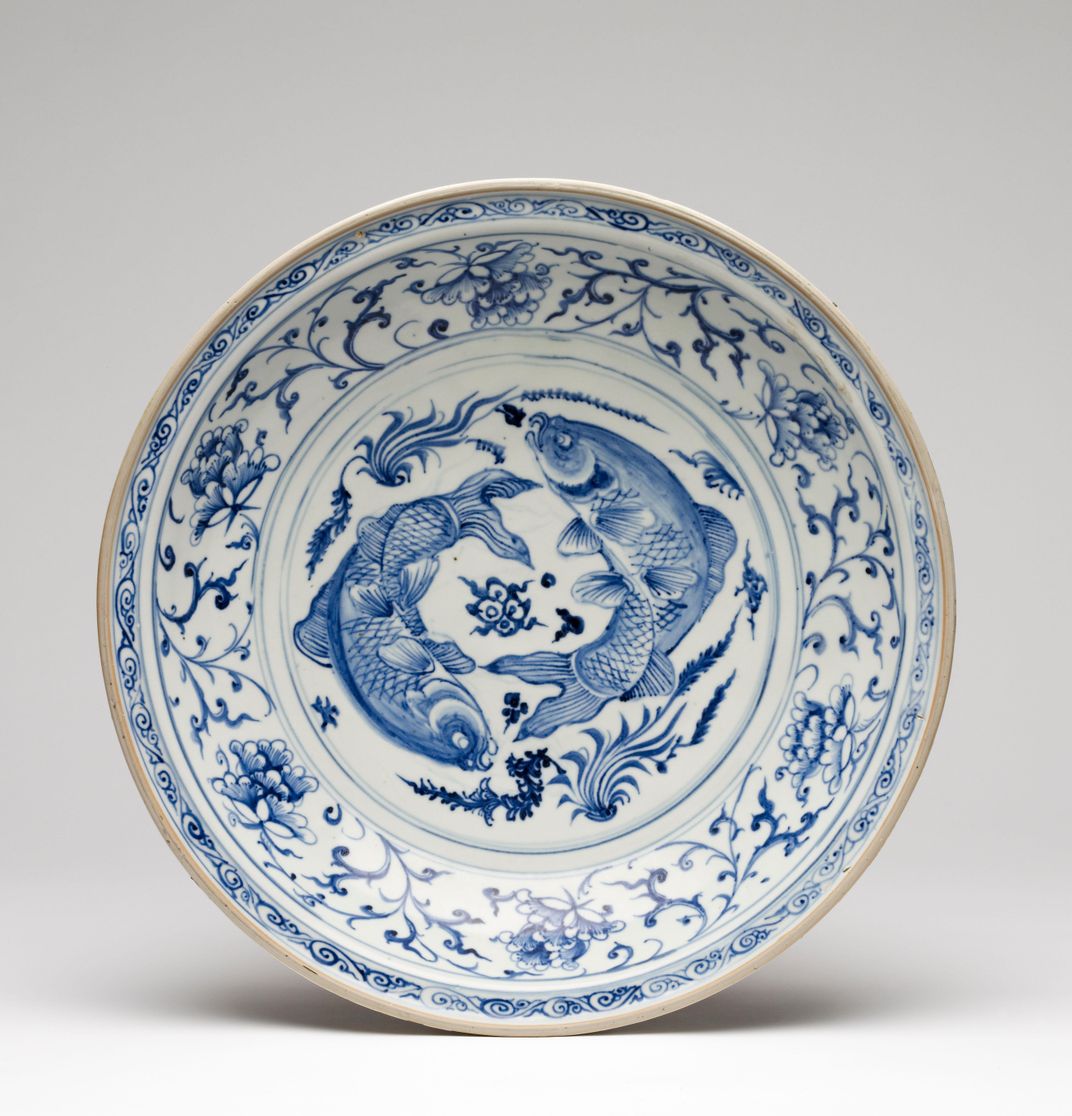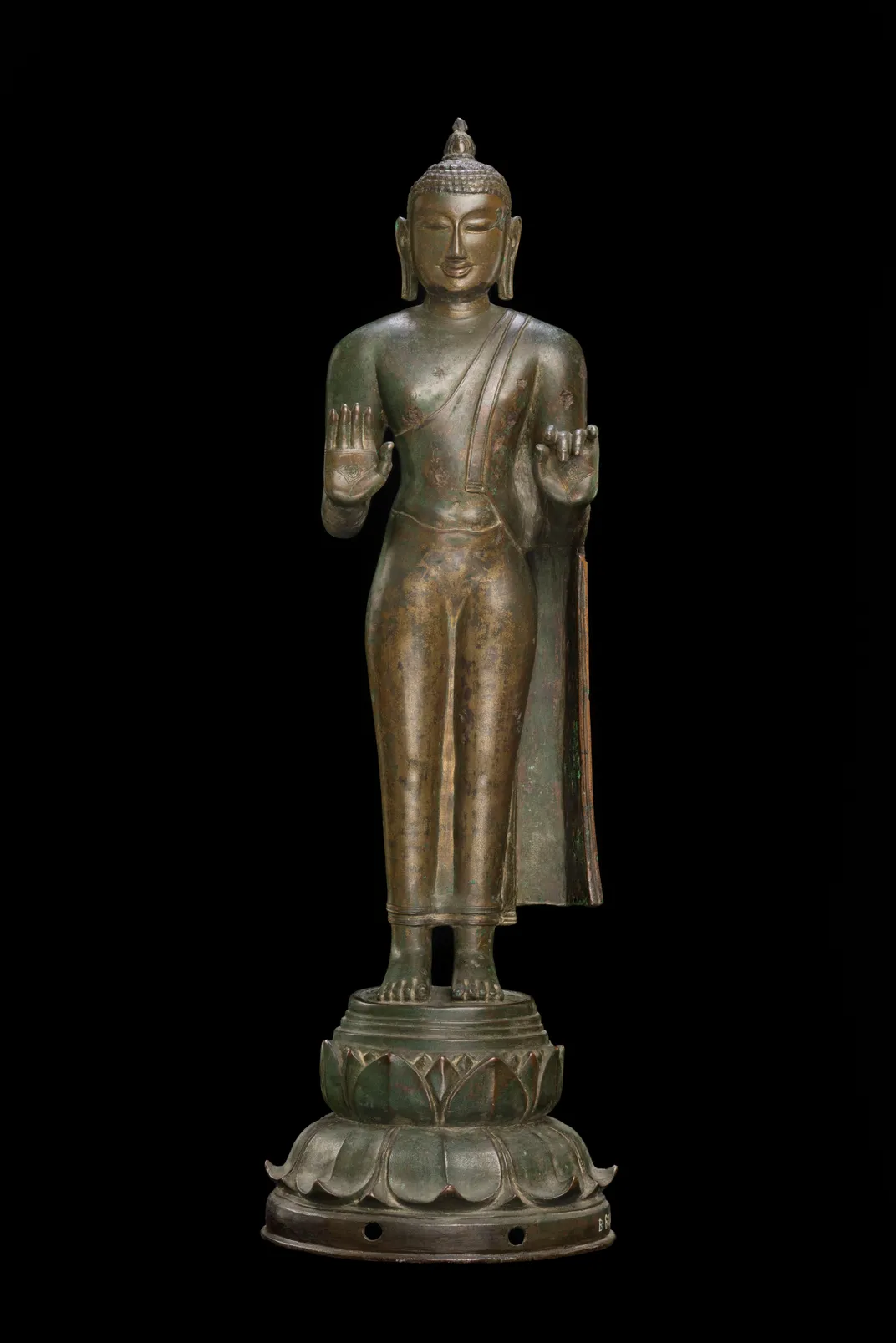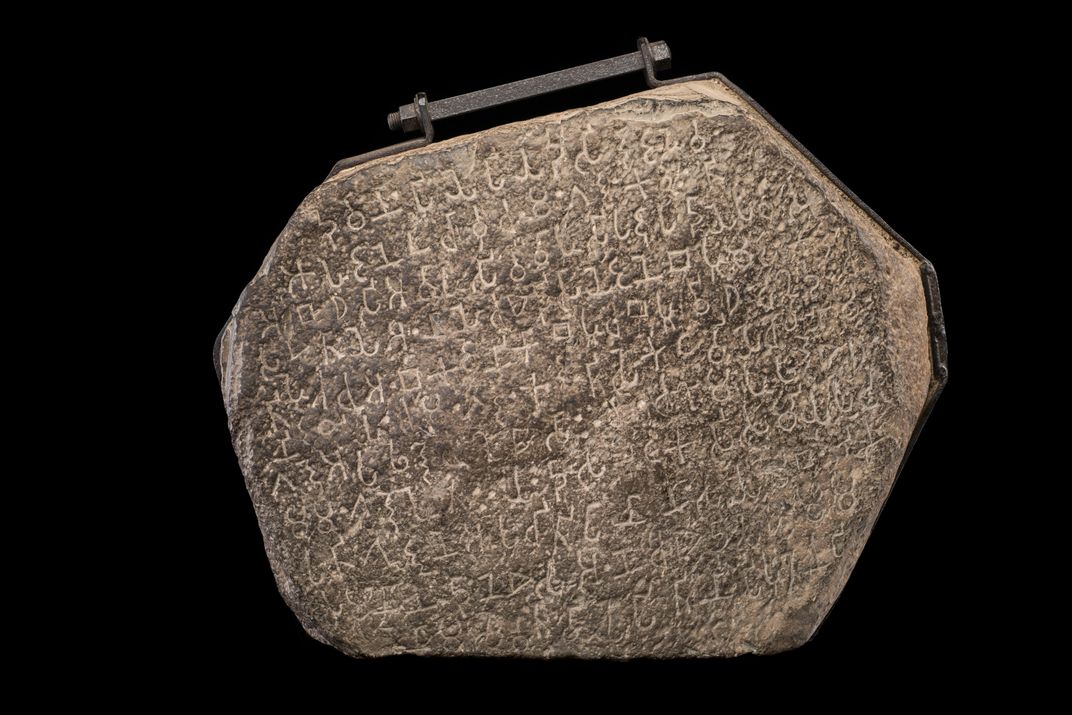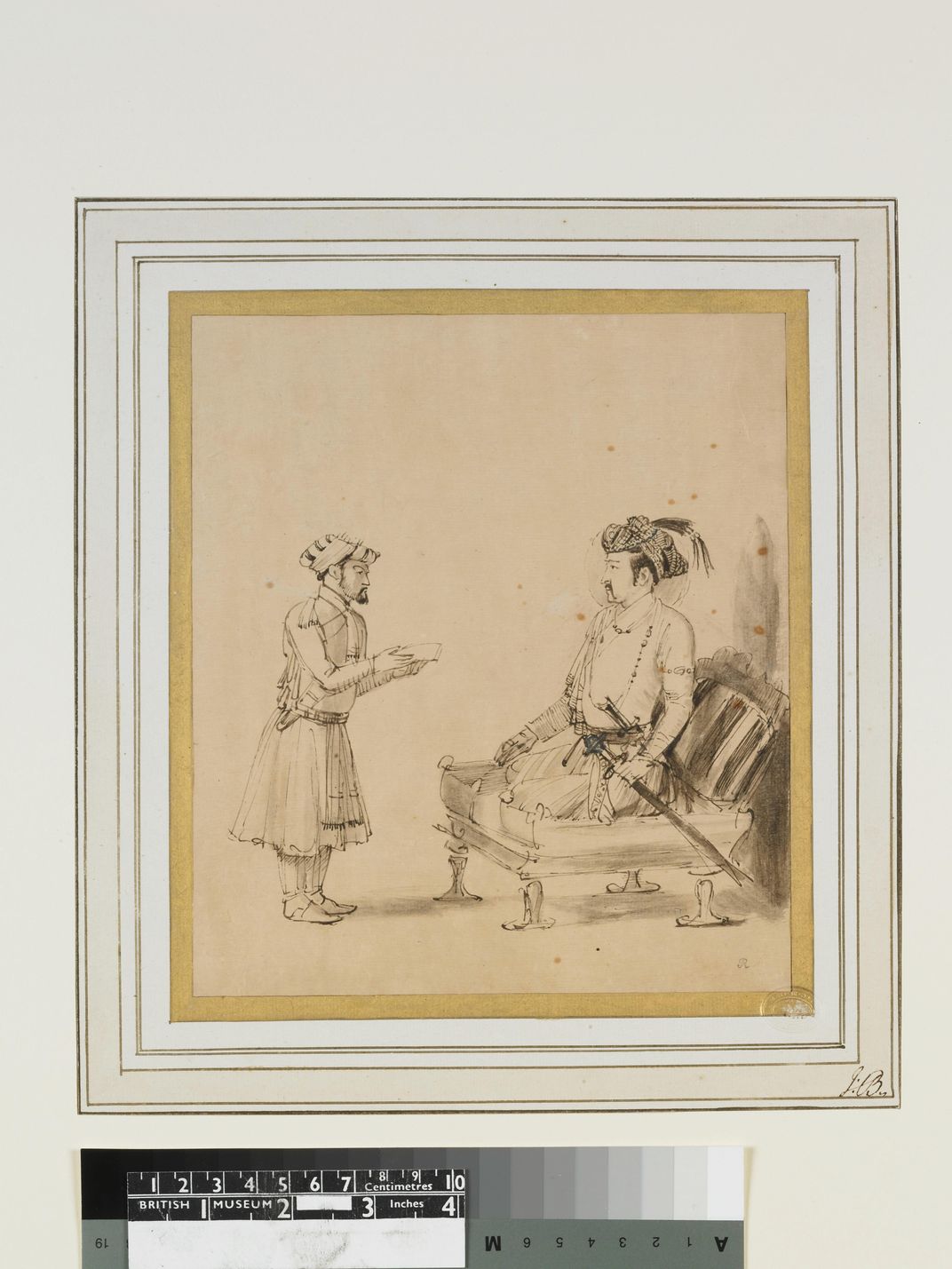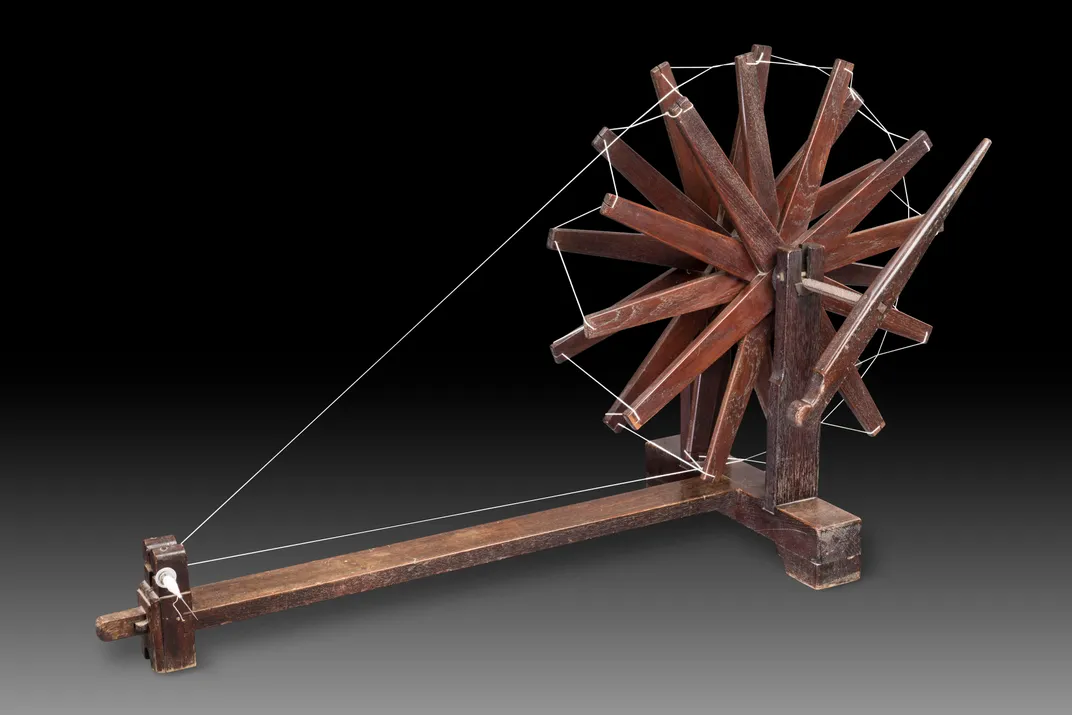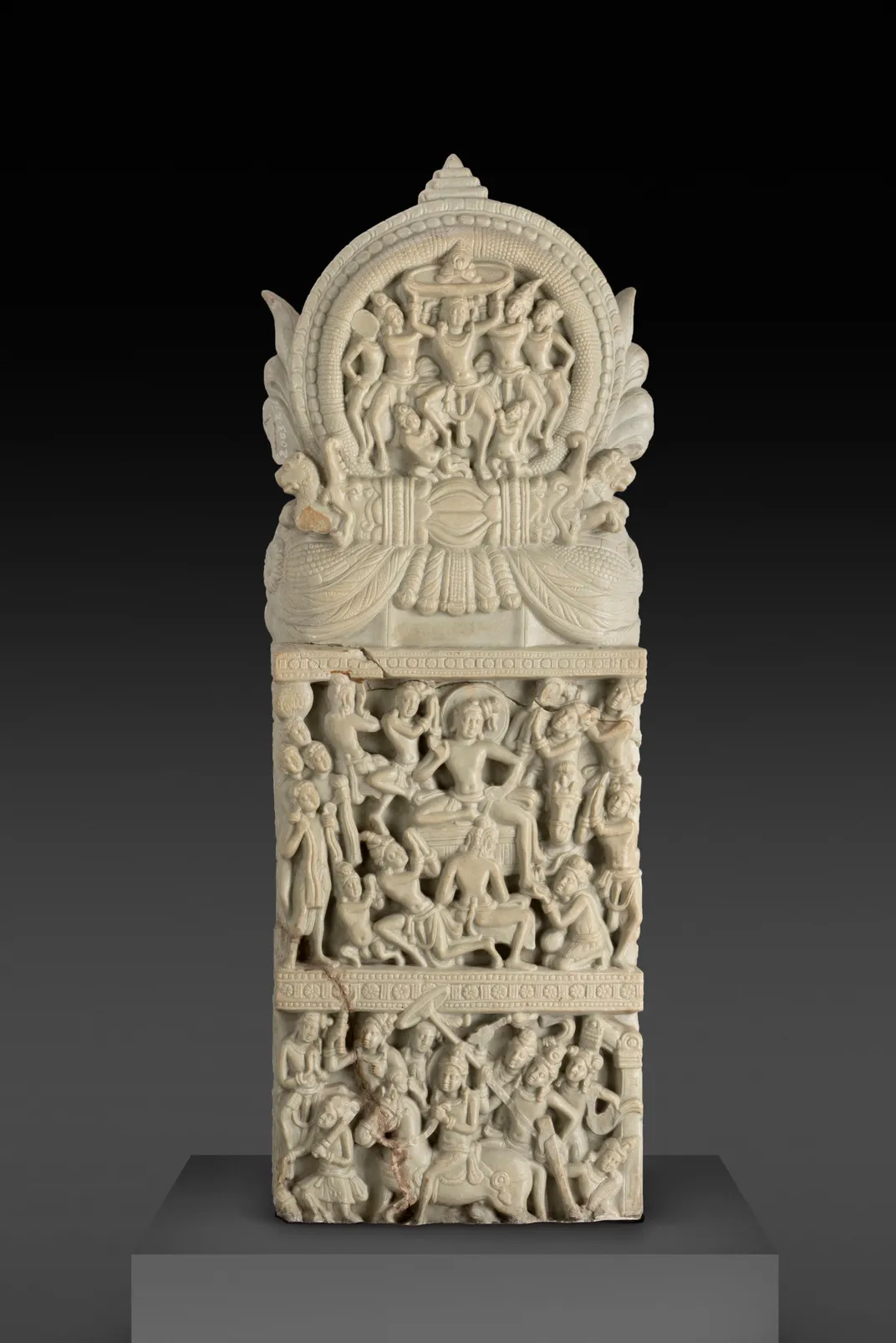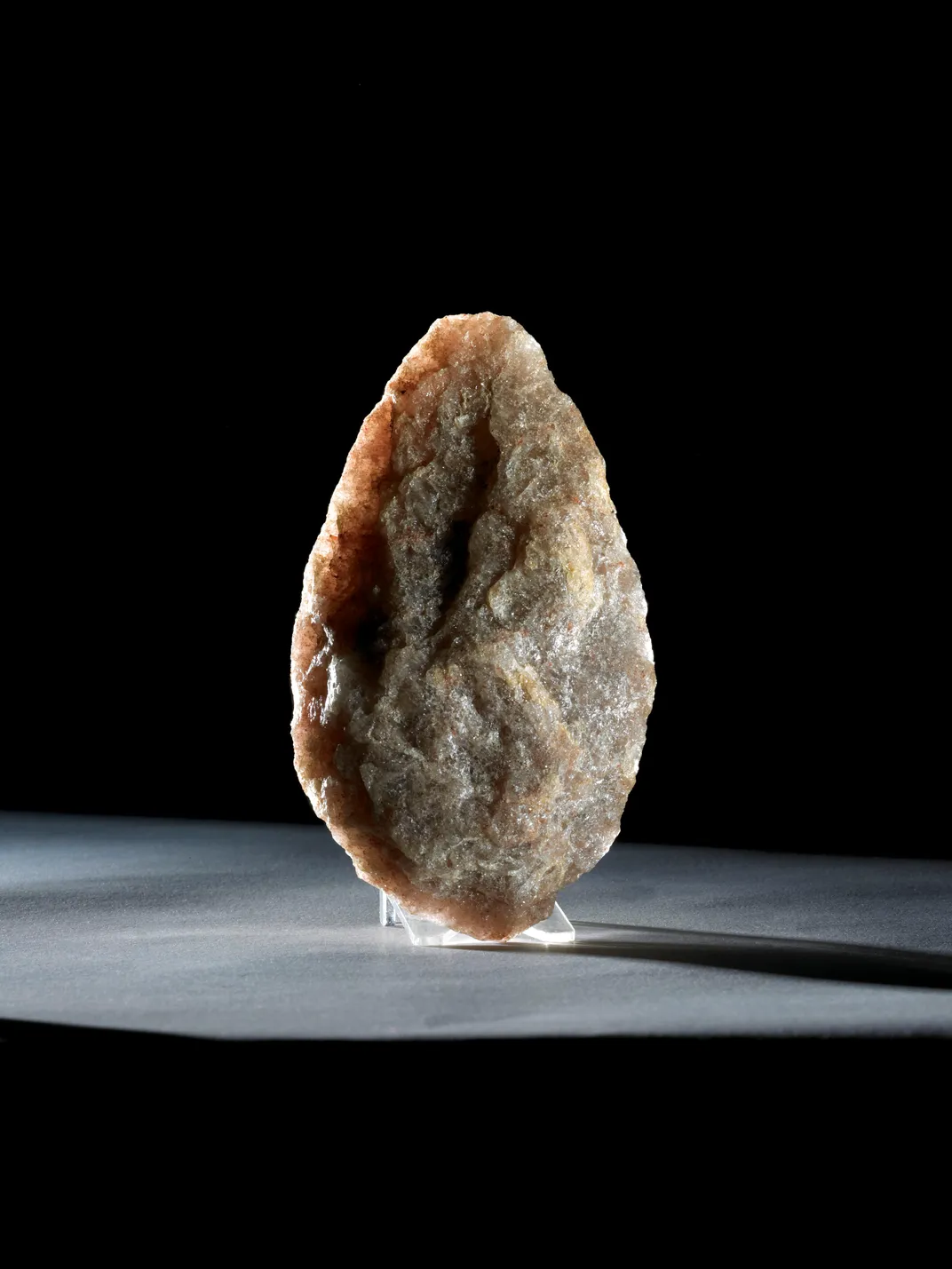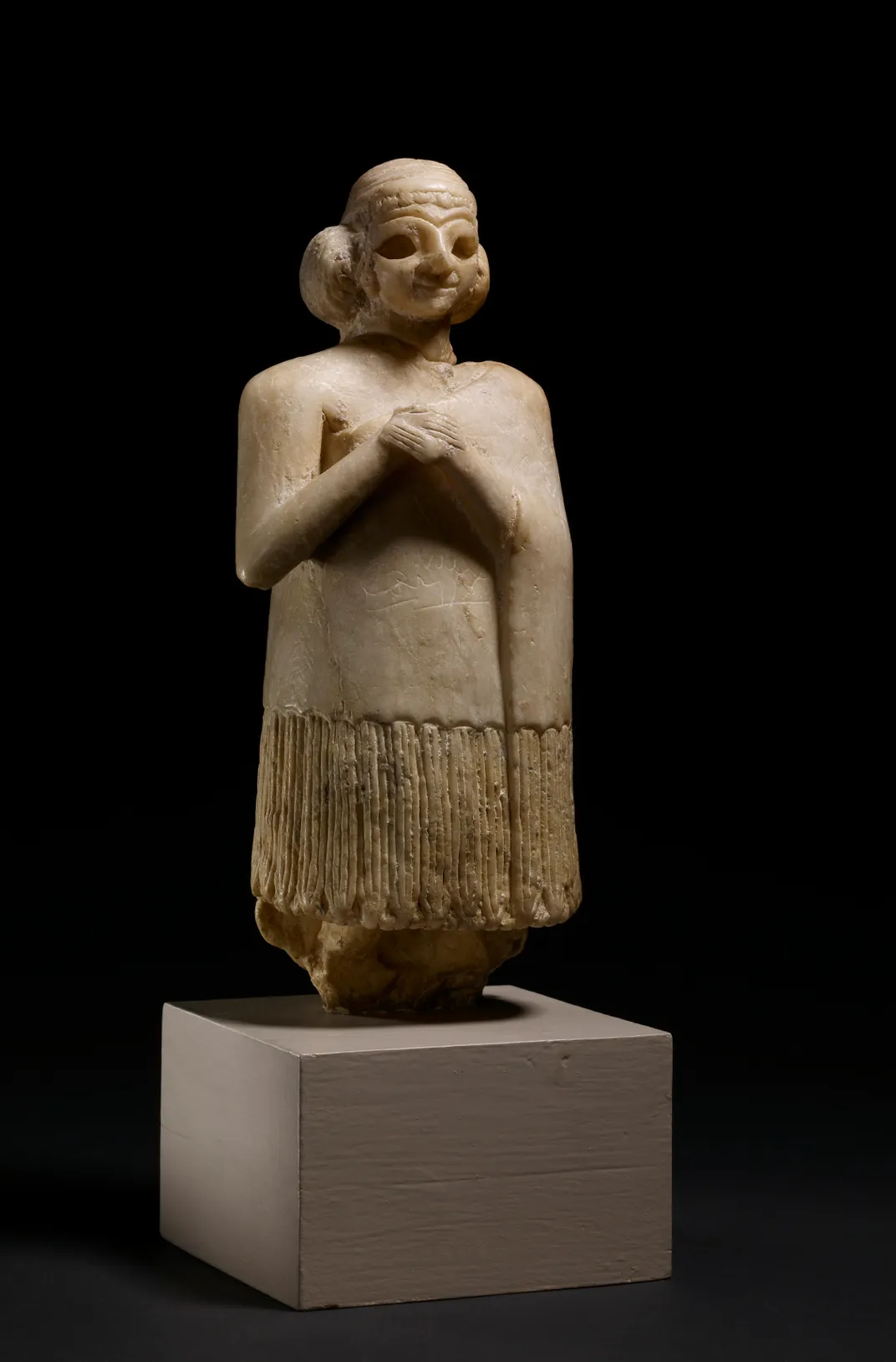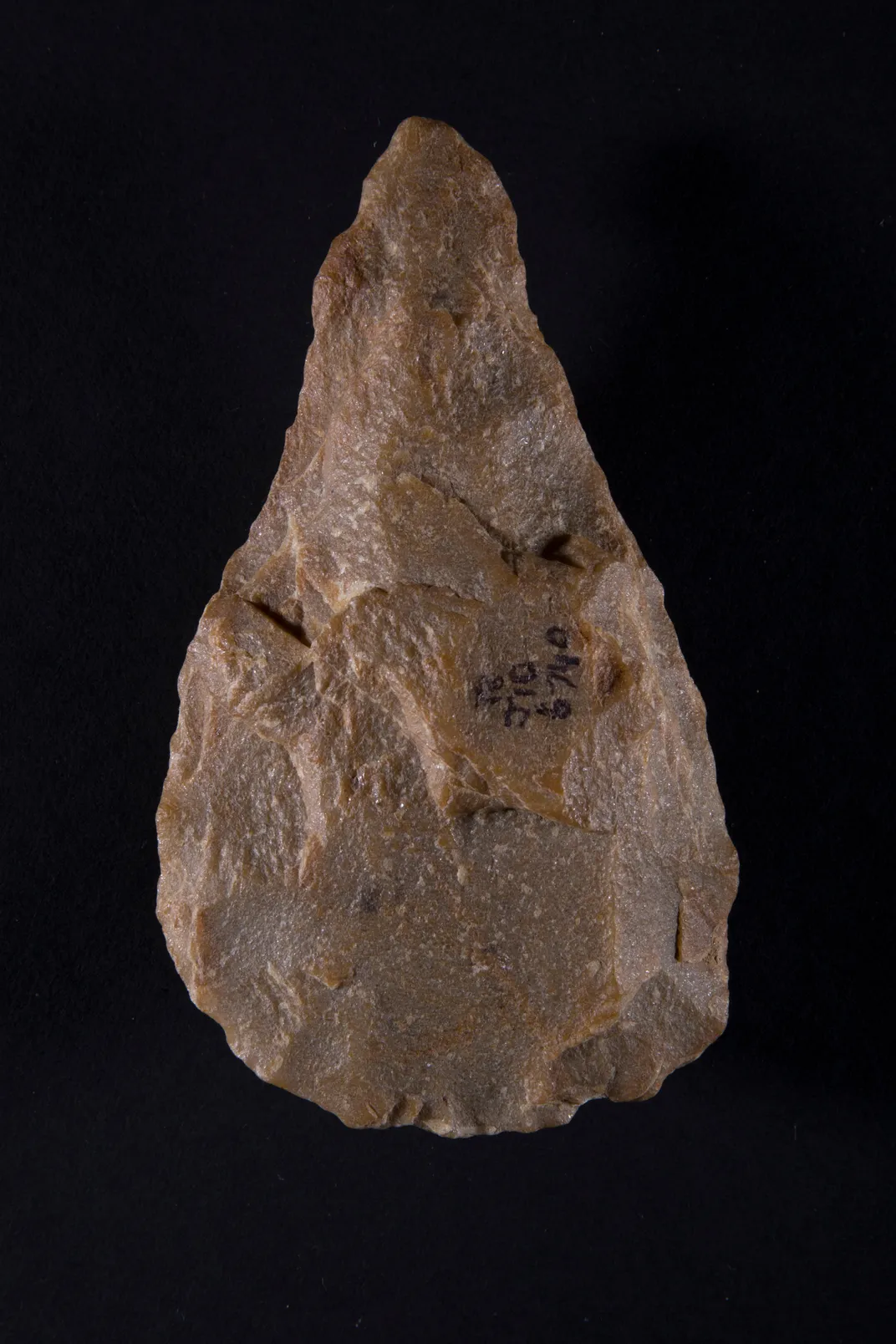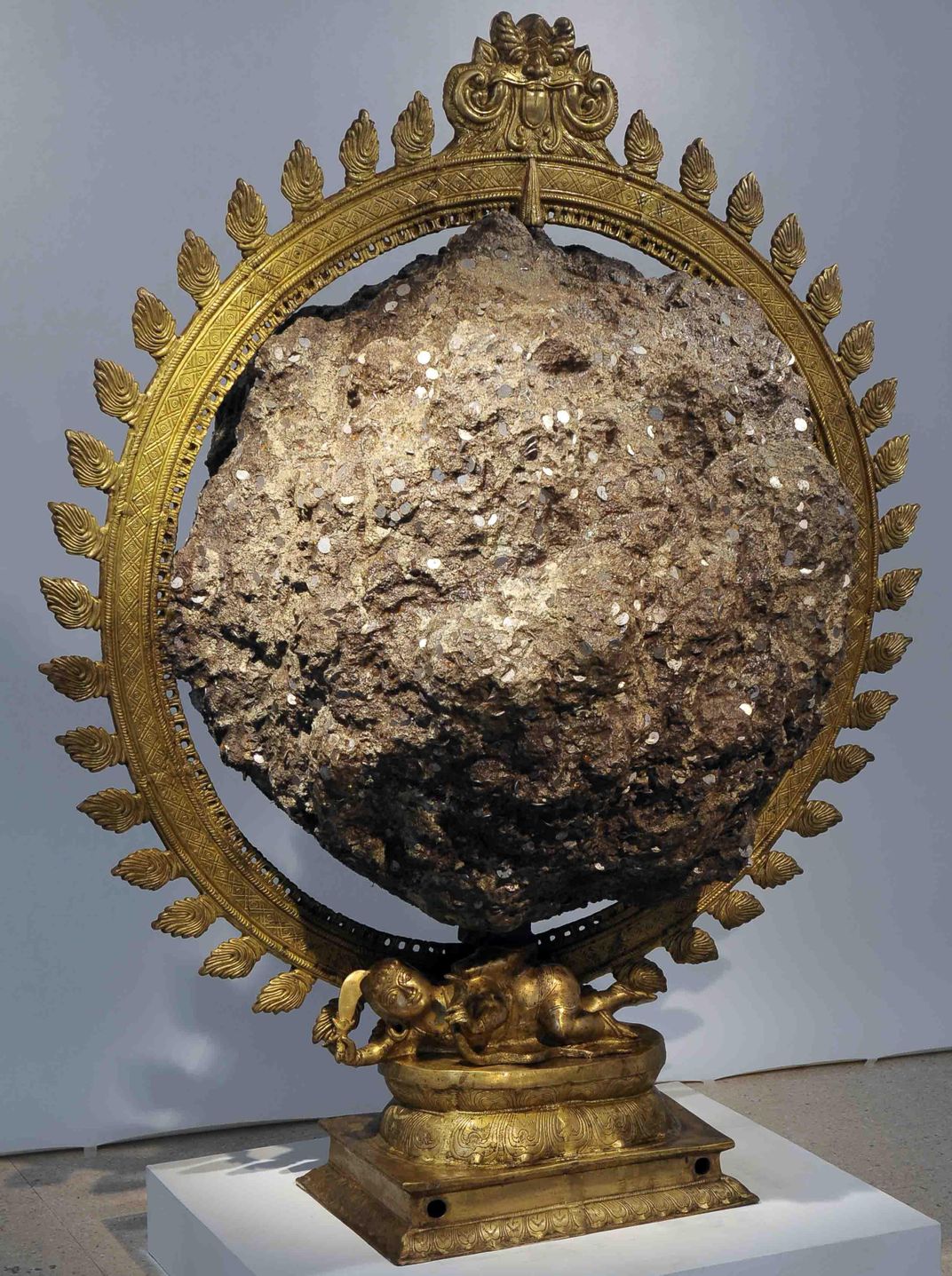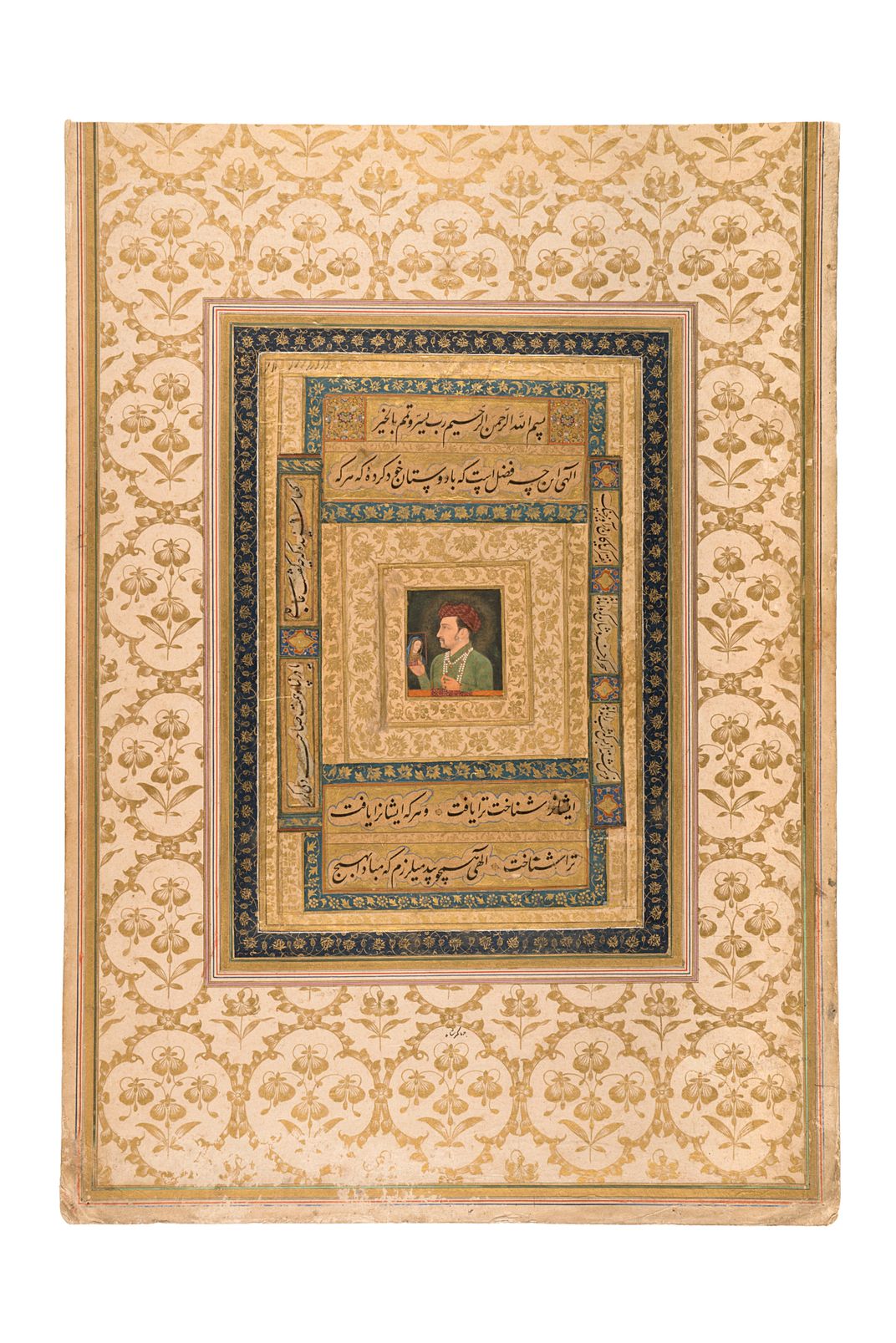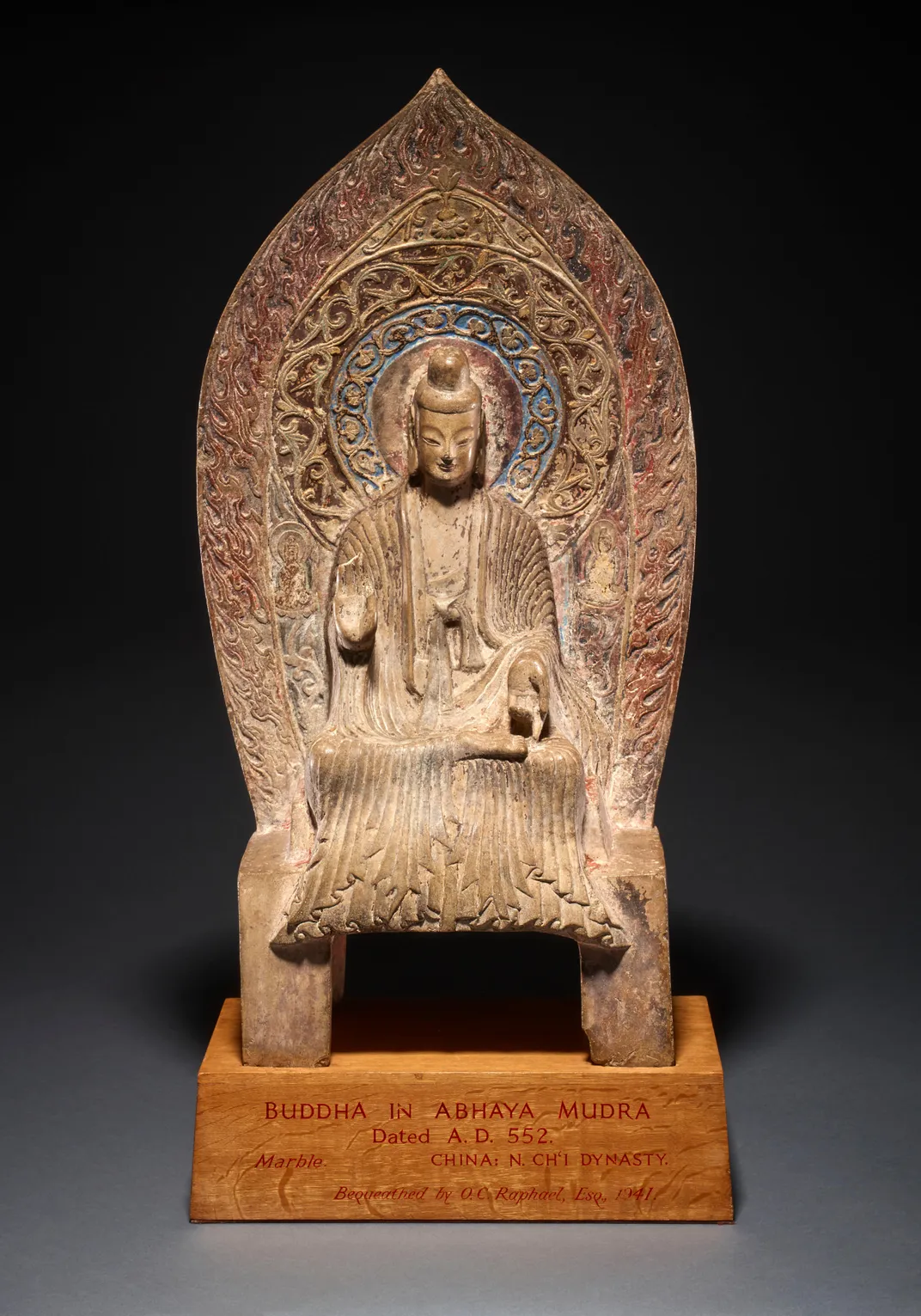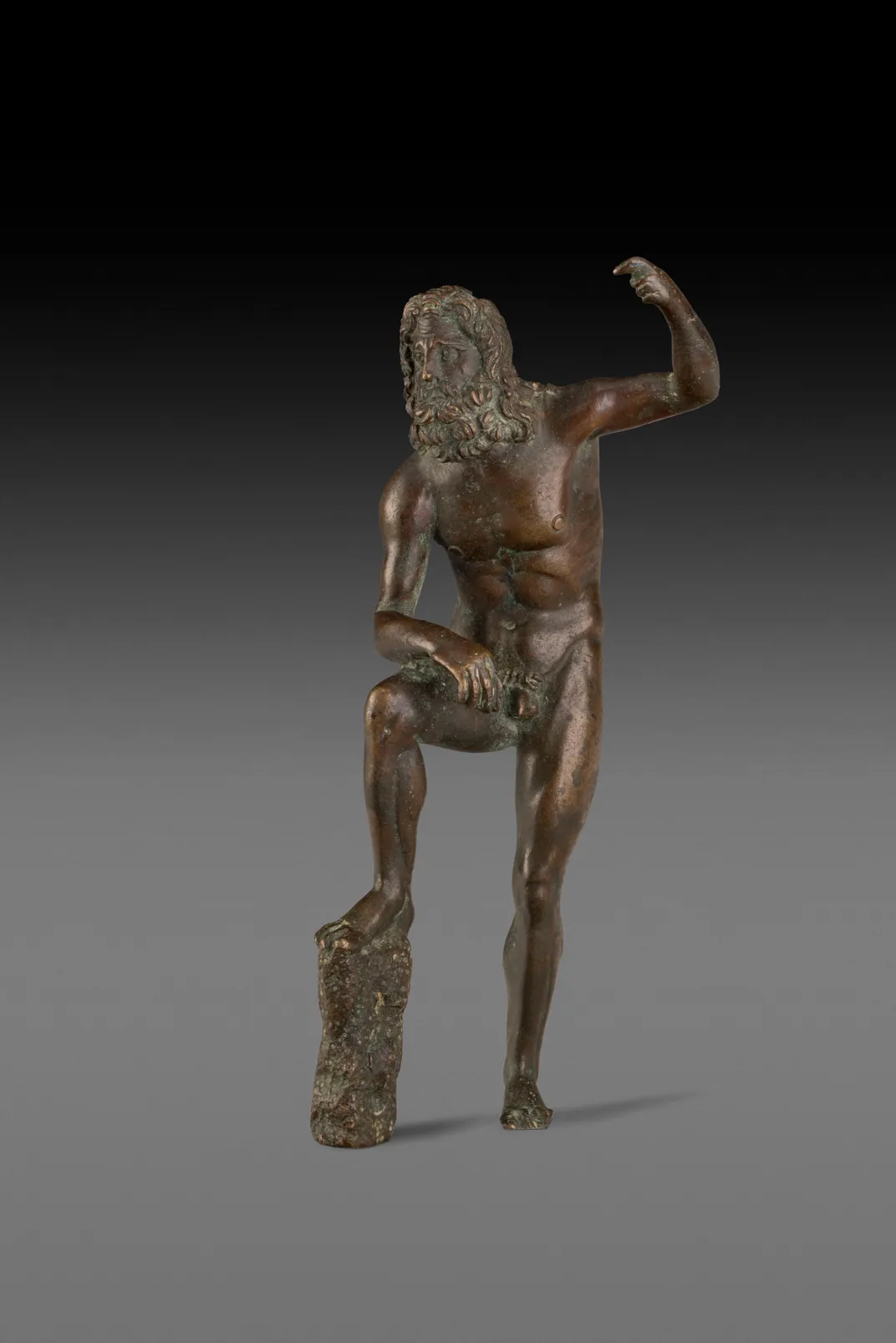Sweeping Mumbai Exhibition Tells the Story of India, With Help From the British Museum
‘India and the World’ features 124 loans from London and 104 objects from institutions across India
This November, the Chhatrapati Shivaji Maharaj Vastu Sangrahalaya (CSMVS) museum in Mumbai launched a new exhibition with a bold mission: to explore India’s vast and complex history within a global context. Assisting the CSMVS in its ambitious project is the British Museum, which, according to Martin Bailey of the Art Newspaper, loaned 124 objects to the CSMVS. It may be the first time that such an expansive collection of works from a North American or European museum has been integrated into an exhibit at an overseas institution.
In addition to the British Museum loans, India and the World: A History in Nine Stories features 104 objects sourced from Indian museums and collections. According to Mridula Chari of Scroll.in, curators drew not only from the holdings of major museums like the National Museum of New Delhi, but also on the collections smaller institutions and state archaeology departments. “These have rarely, if ever, been displayed near to each other,” Chari writes.
As its name suggests, the exhibit is divided thematically into nine sections, starting with the emergence of modern humans and ending with a section labeled “Time Unbound,” which features contemporary works that grapple with notions of time and perspective. Throughout, important relics of human history are displayed alongside significant Indian artifacts.
The exhibit’s first section, "Shared Beginnings" for instance, includes a hand axe from Olduvai Gorge, the Tanzania site where Mary Leakey famously discovered the skull of an early hominin, and a 1.7 million-year-old hand axe from the Indian site of Attirampakkam. The next section, “First Cities,” displays a Mesopotamian sculpture, an ancient Egyptian relief and an agate carving of a bull that hails from India’s Harappan civilization. In the section “Empires,” a bust of the Roman emperor Hadrian stands near a sculpture of a king of the Kushan dynasty, an Indo-European group that ruled over northwest India from the second century B.C. to the third century A.D.
In addition to revealing the parallels between Indian and world history, the exhibition shows how civilizations in India directly interacted with their contemporaries across the globe through trade, culture and colonialism. For instance, India and the World features a Roman necklace adorned with gold, pearls, sapphires and emeralds. “It was found in a Roman context, but the pearls are from Sri Lanka and India,” Indian art historian Naman Ahuja tells Riddhi Doshi of the Hindustan Times.
Ahuja co-curated the exhibition for CSMVS with the British Museum's J.D. Hill, but the exhibition’s British connection does not mean India and the World shies away from exploring the fraught history between Britain and India. A section titled “Quest for Freedom,” for instance, includes graphic photographs by Felice Beato, which show the bodies of people killed by British soldiers during the 1857 rebellion that saw Indian soldiers and civilians fight for freedom from colonial rule.
More than 150 years after that bitter conflict, curators in Britain and India have come together to create something unique: a multi-national exhibition that is a joint collaboration between the British Museum and CMVS, rather than a ready-made show from London. Hartwig Fischer, director of the British Museum, tells the Hindustan Times that he hopes “the exhibition will have a great impact.”
“Our cultural relationships are already very strong,” Fischer says, “and long may that continue.”
